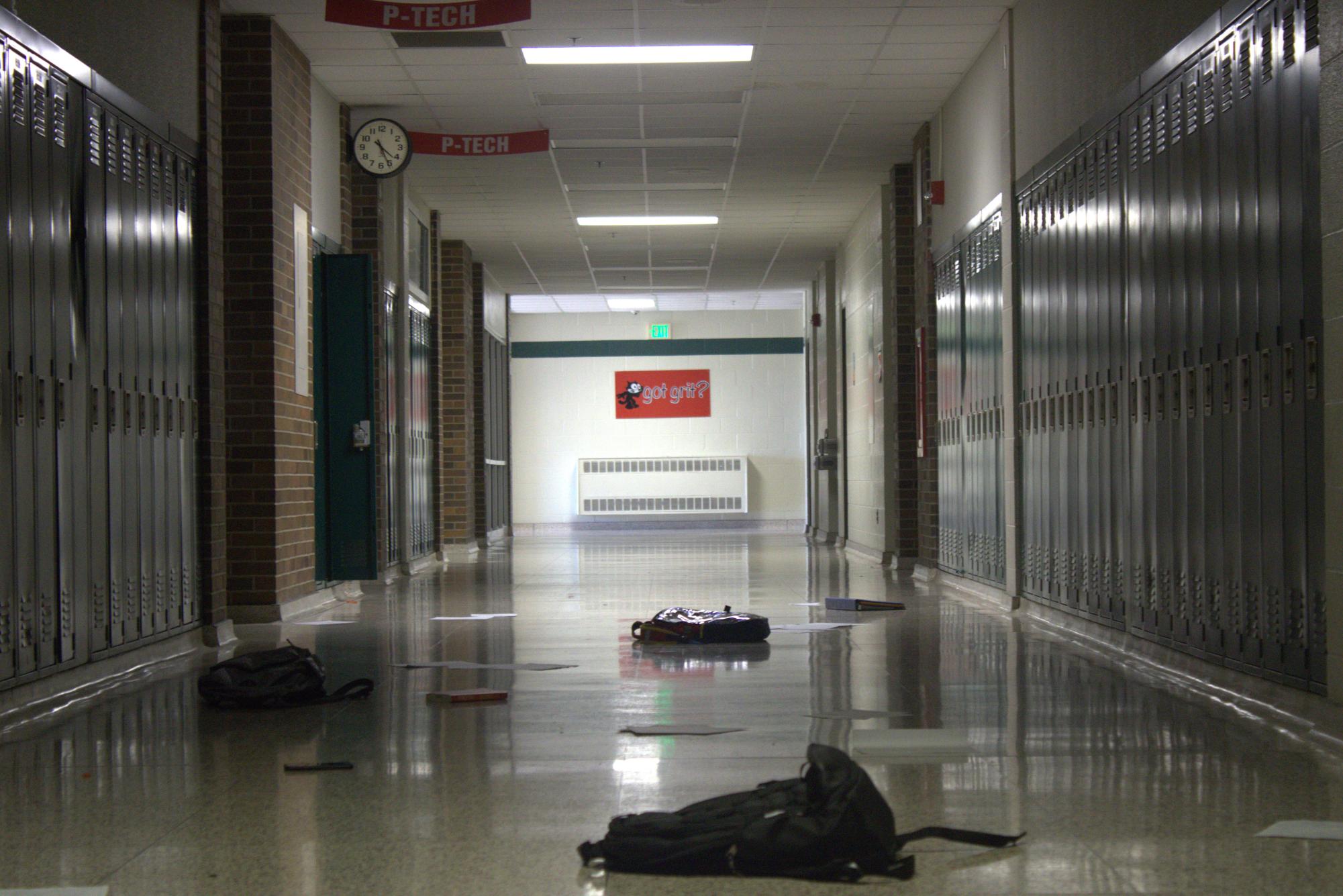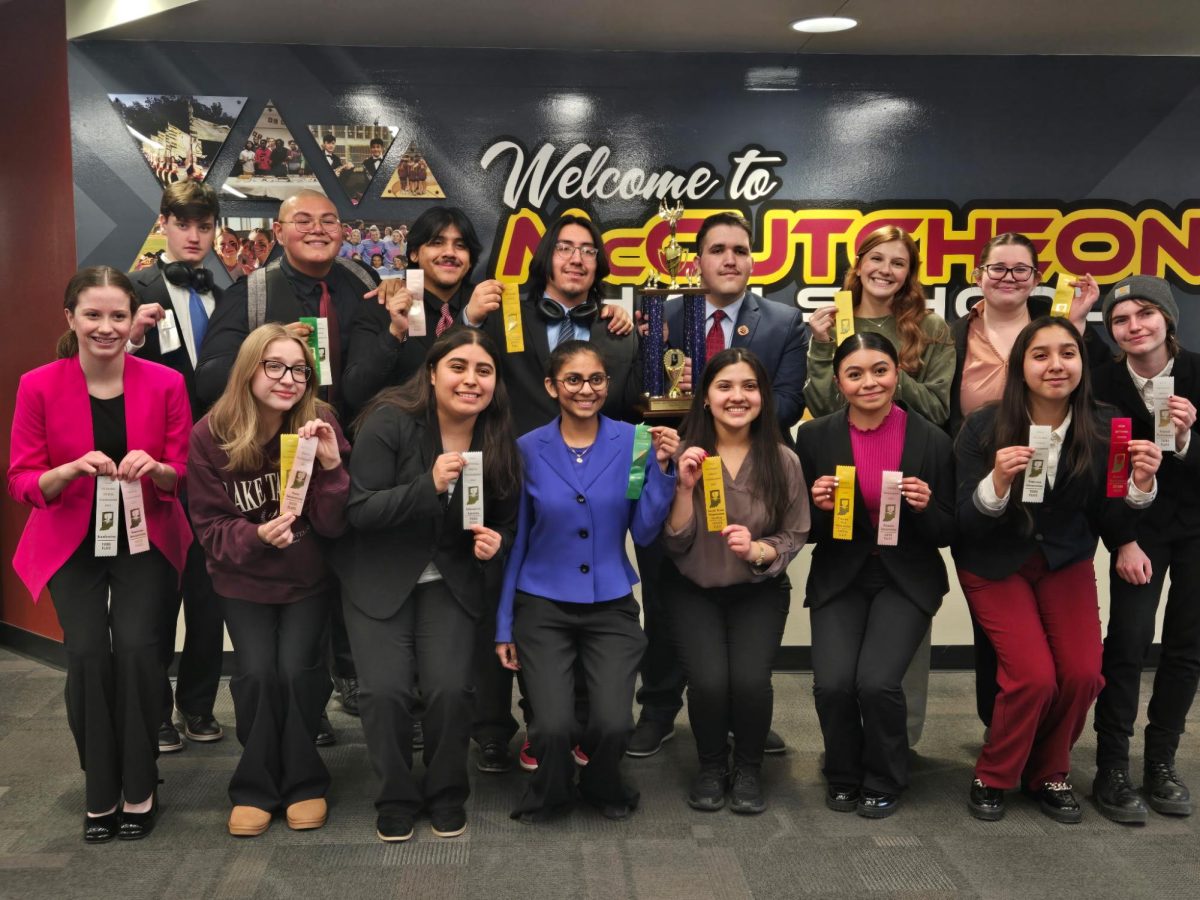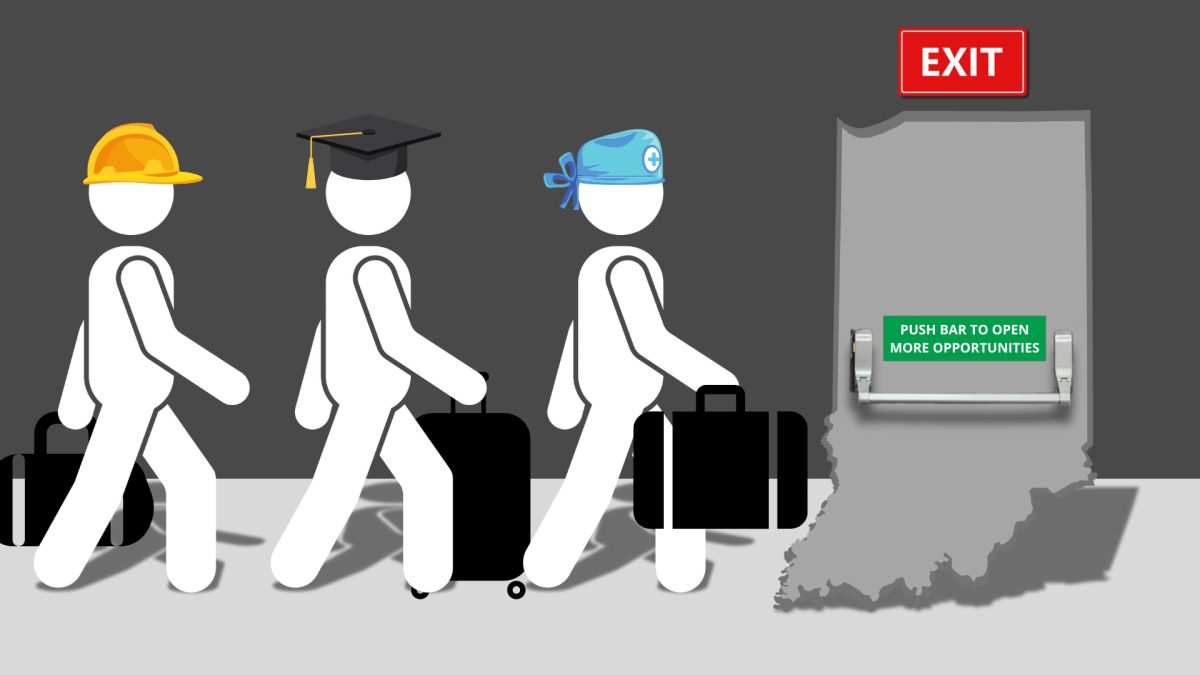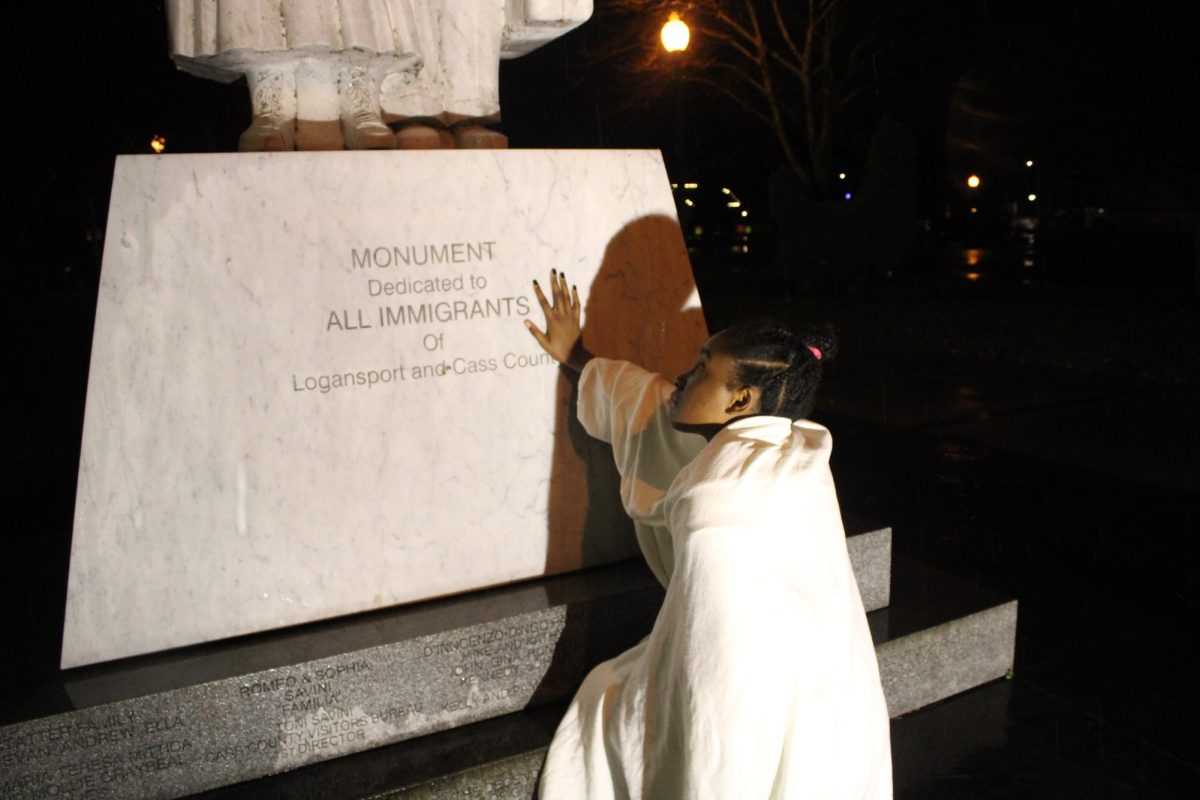Back-to-school season in America brings new students, new backpacks, new teachers, more lesson plans, more security, more metal detectors, more lockdown drills, and more school shootings. In America, back-to-school now brings a new question. It isn’t if there will be another school shooting, but when.
That question was answered in just 34 days.
On Sept. 4, Apalachee High School in Georgia became yet another site of a school shooting. Four were killed and nine injured before police apprehended the shooter. Two days later, one student was killed in another shooting at Joppatowne High School in Maryland.

Eighteen thousand eight hundred fifty-four, that is the number of deaths caused by firearms in 2023, or just over two every hour. This does not even include suicide by firearms. One thousand six hundred eighty-two of those were children under the age of 18. There were 656 mass shootings in 2023. In the same year, there were 346 school shootings.
School shootings in the United States have become so frequent that it has become woven into the fabric of education. Children today are raised in a world where mass shootings are as much of a reality as recess. Lockdown drills have become routine. Bulletproof backpacks are being sold as any other back-to-school item, and bulletproof safe rooms are posted on TikTok as a neat feature to add to classrooms. We are treating schools as war zones.
Let’s be clear. These deaths are preventable. This should not be an inevitable fact of life. It does not need to be an inevitable fact of life. This view, that school shootings, although tragic, are simply bound to happen and we should just “move on” is as dangerous as it is deadly.
In any other developed nation, this would be unthinkable. But here in the United States, it has become the new norm. The idea that a child might not come home from school because of gun violence is a uniquely American terror. A terror that was created, and people are unwilling to fully confront it.
At the center of this lies the reality that America stands alone in the sheer scale of its gun violence problem. Other countries with mental health challenges, economic stress, and violent entertainment do not experience mass shootings at anywhere near the same rate. The key difference? America’s gun culture.
America’s relationship with guns is rooted in the nation’s history. The Second Amendment, which guarantees the right to bear arms, has evolved from its original intent as a protection against tyranny into a broad defense of virtually unlimited access to weapons of war. Gun lobbies, particularly the National Rifle Association, wield extraordinary influence over lawmakers, making even modest attempts at gun reform politically dangerous. Meanwhile, opponents of gun control evoke a ridiculous dystopian vision of a disarmed population, arguing more guns, not fewer, will somehow make schools safer.
Yet, the data suggests otherwise. Countries that have enacted stricter gun laws saw a reduction in gun violence. In Australia, sweeping gun reforms following the 1996 Port Arthur massacre led to a significant drop in gun violence. In contrast, America’s patchwork of state-by-state regulations creates loopholes that make it easy for firearms to end up in the wrong hands.

And despite overwhelming public support for measures like universal background checks, red flag laws or assault weapon bans, reforms have been stalled or hijacked by a vocal minority who claim that regulation infringes on their rights. But these “rights”, the right to bear arms, are increasingly coming at the cost of the right to life.
According to a Fox News Poll, 87% of Americans support background checks, 81% support increasing the legal age to buy a gun to 21, 80% support requiring mental health checks and flagging people as dangerous, and 77% support 30-day waiting periods. Common-sense measures have had difficulty in Congress because of organizations like the NRA, which profit from fear-mongering the American public into believing that gun regulations are a slippery slope into authoritarianism.
And while this debate rages in Congress, the NRA and gun lobbyists line the pockets of Republican lawmakers shootings continue. Young lives are cut short, teachers are forced to learn how to stop a bullet wound as part of their job. Parents of students have begun to reconsider sending their children to public school, knowing that what’s supposed to be a learning institution may become yet another front-page news story.
At the same time, our mental health infrastructure is woefully inadequate, especially for younger people. While the vast majority of individuals who suffer from mental health conditions are not violent, many school shooters exhibit warning signs of distress long before they act. School counselors, social workers and psychologists, if they are available, are often overwhelmed and underfunded. In many cases, warning signs are dismissed because there are simply too few resources to address the needs of students.
For the children to be forced to practice lockdown drills, to hide in closets, to fear that the next school bell could signal not just a change in periods but the end of their lives, the failure of our leaders is personal. We are growing up in a country that values access to firearms more than our lives. This is not just an educational issue, it’s a moral one. What does it say about society when the adults refuse to protect their young?
Of course, gun control won’t automatically fix our problems. No single law or regulation will eliminate the risk of violence entirely, but it’s a long overdue starting point. There’s no reason a teenager should have access to a weapon designed for military use. There’s no reason why background checks should be loophole-ridden or why someone with a history of violence or mental instability should be able to purchase firearms. These aren’t radical ideas. They are common sense.

Critics will say that addressing gun violence is more complicated than simply passing new laws, and they’re right. We must also focus on mental health reform, social isolation, and fostering environments where troubled individuals can seek help before turning to violence. But none of these measures can be effective if we continue to allow deadly weapons into the hands of those who should never have them.
Each time another school shooting makes headlines, we repeat the same cycle: shock, outrage, grief, and inaction. At what point is it enough? At what point does our safety outweigh the political clout of gun manufacturers? We cannot wait until every school in America has become a victim.
Every child has the right to feel safe at school. Every parent deserves to know that when they send their children to school, they’ll come home. The fact that we have failed to provide this most basic level of security is a national disgrace.















